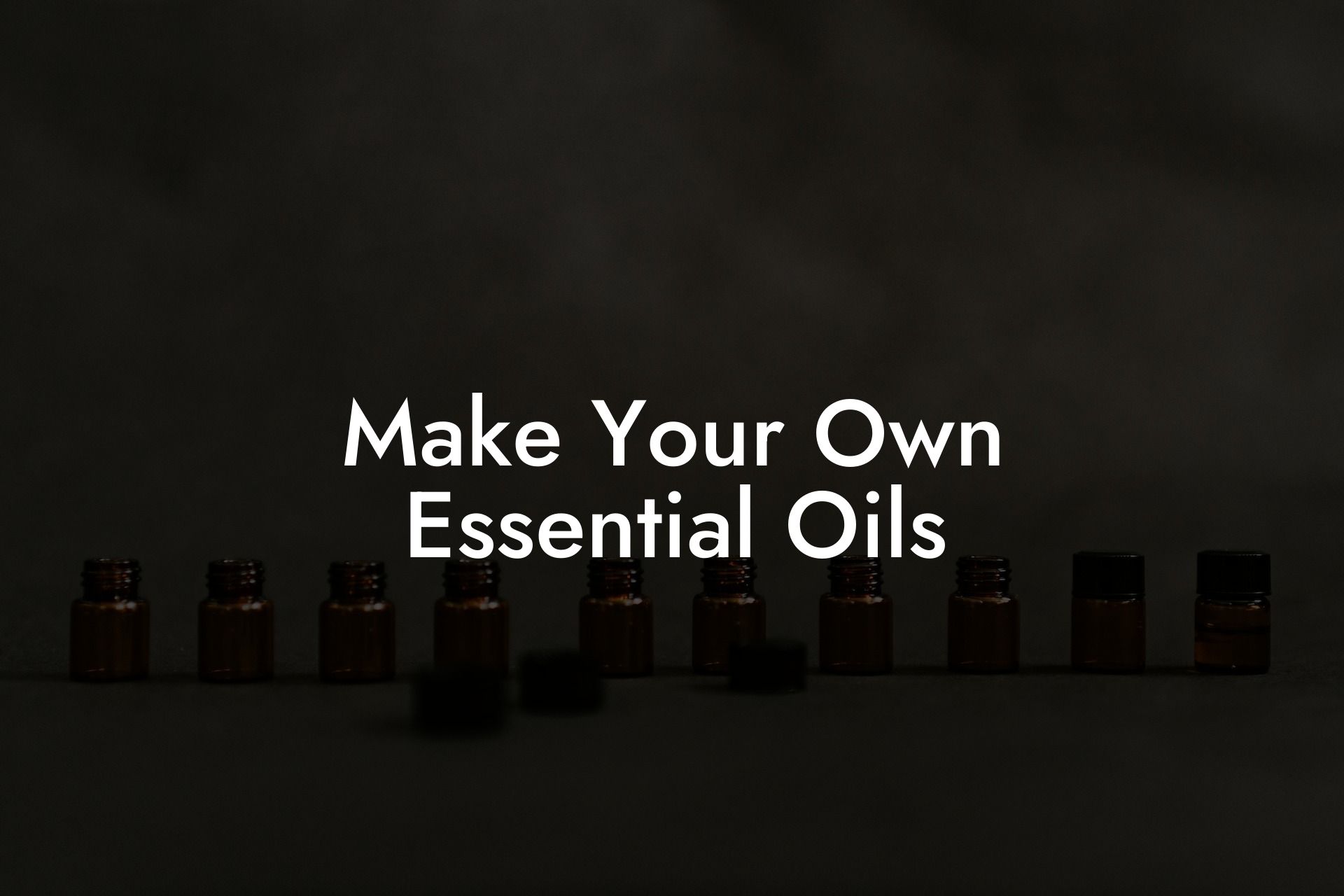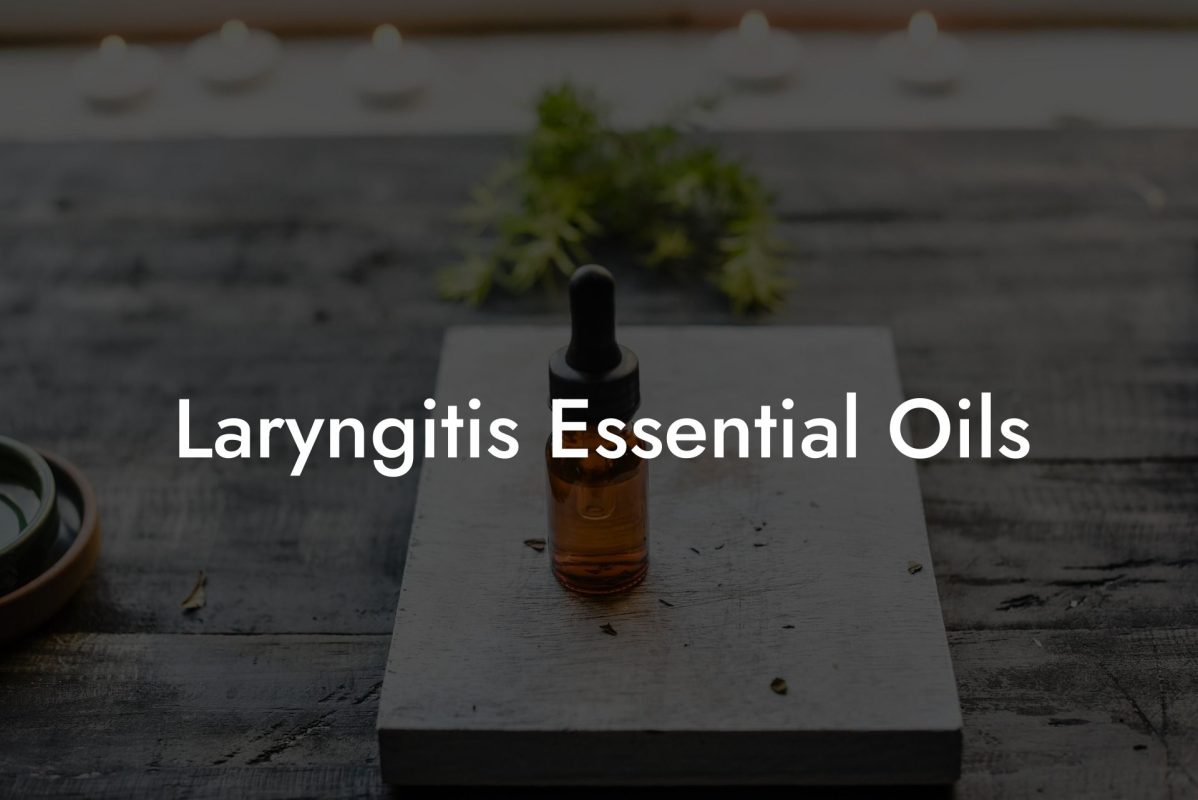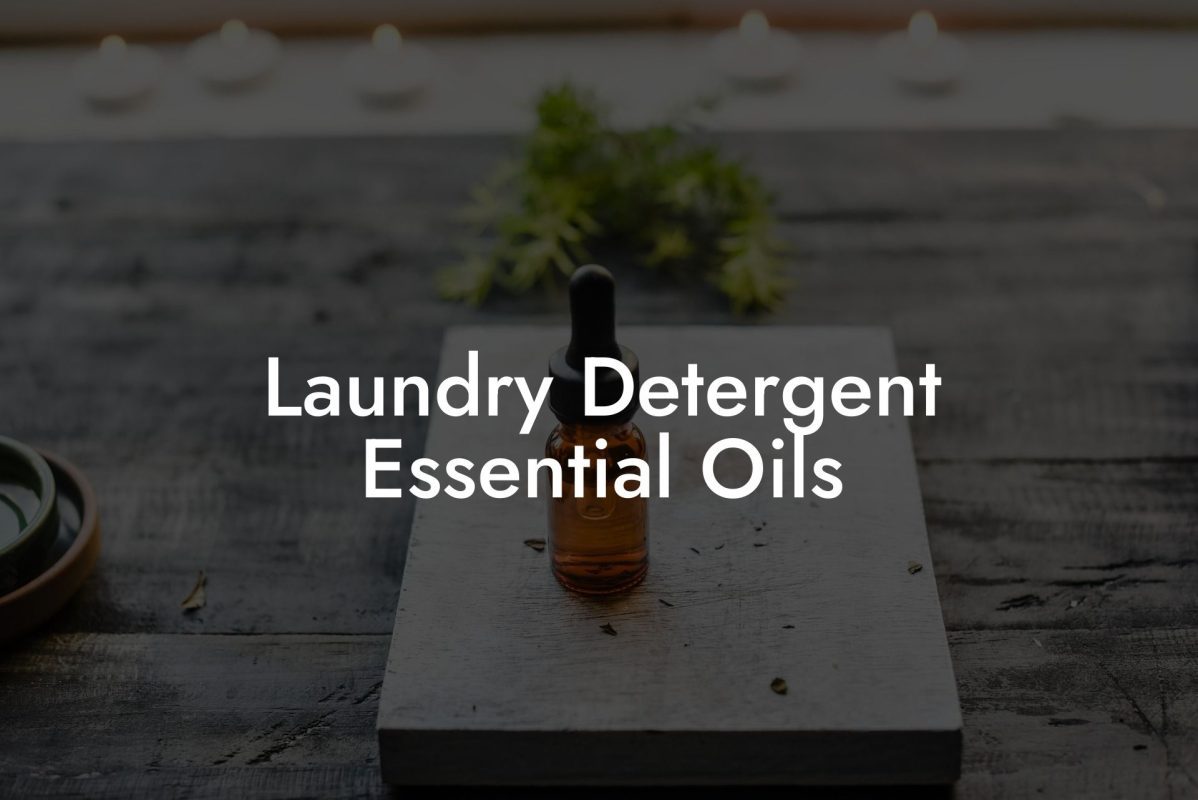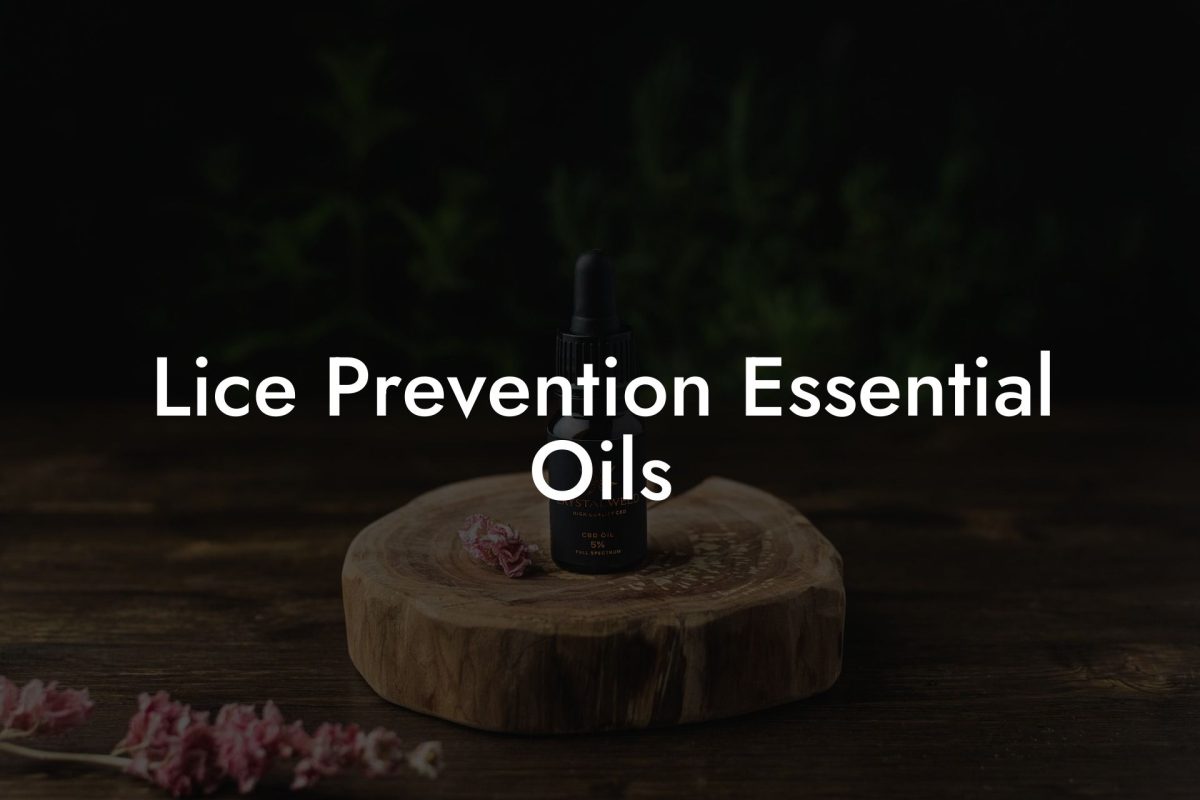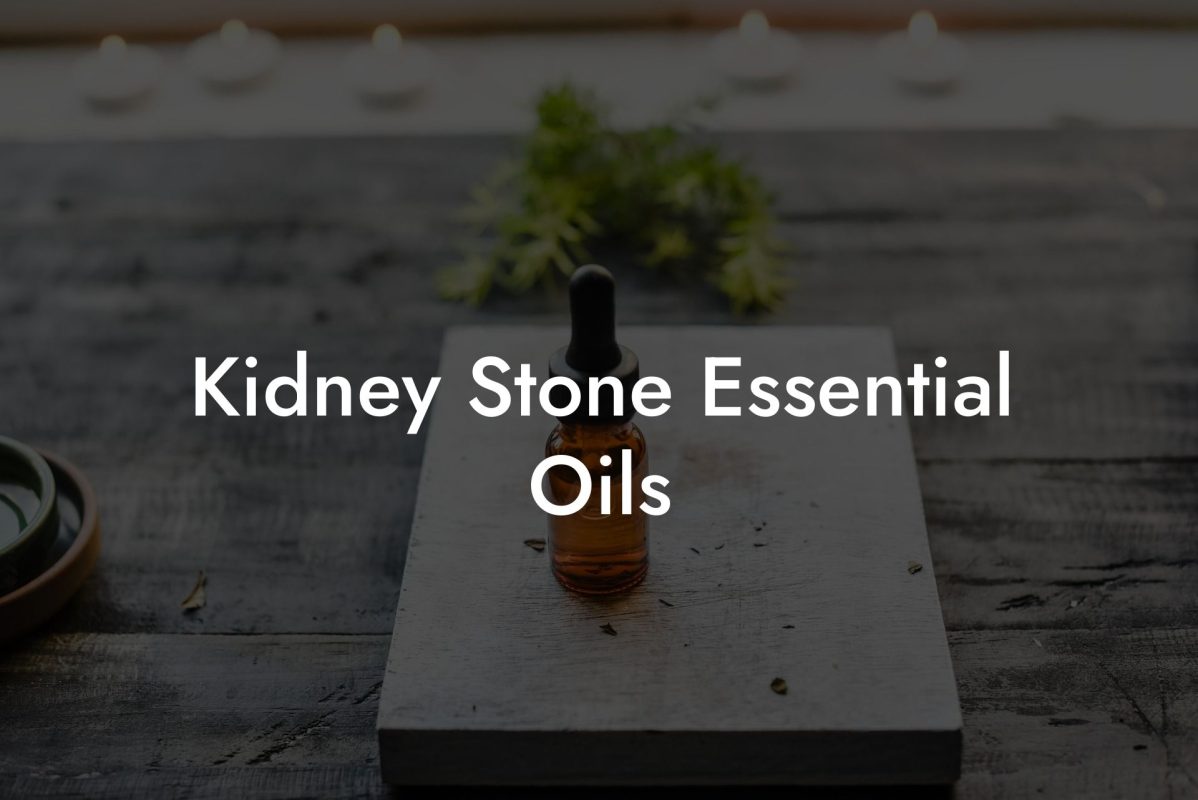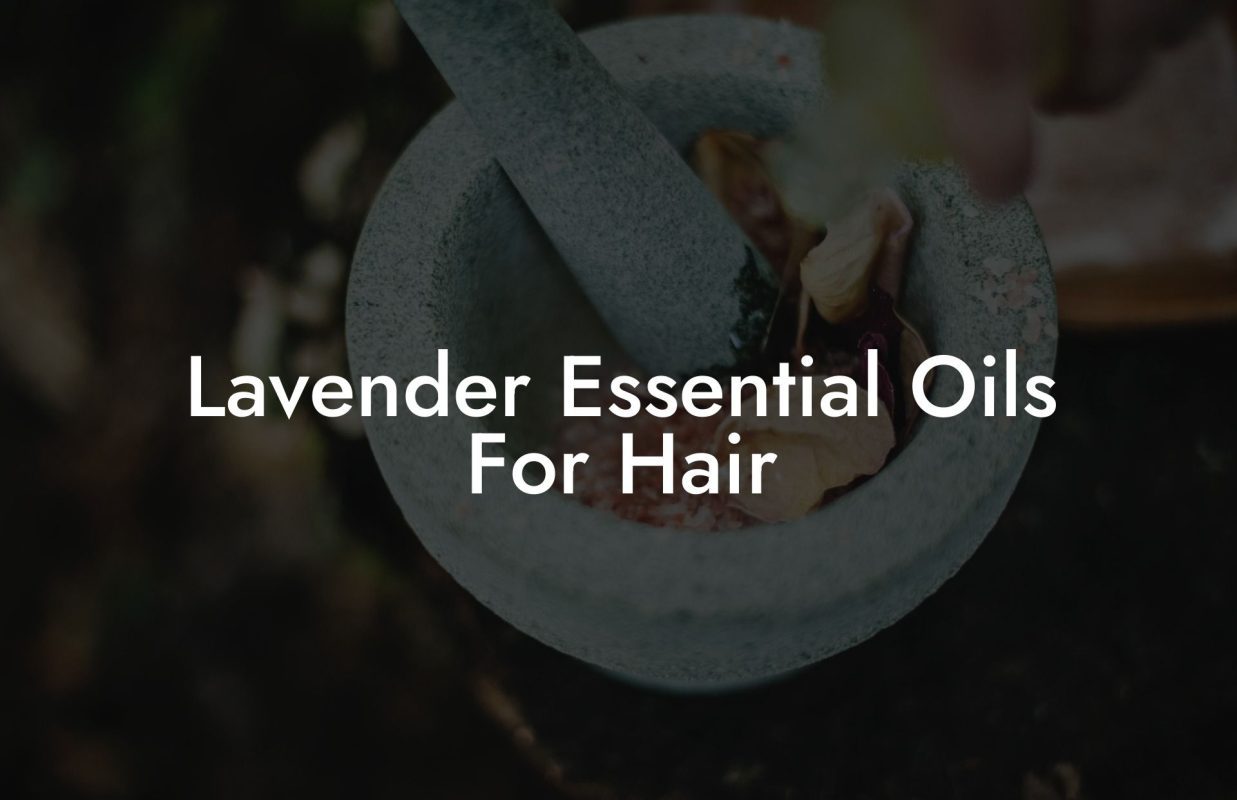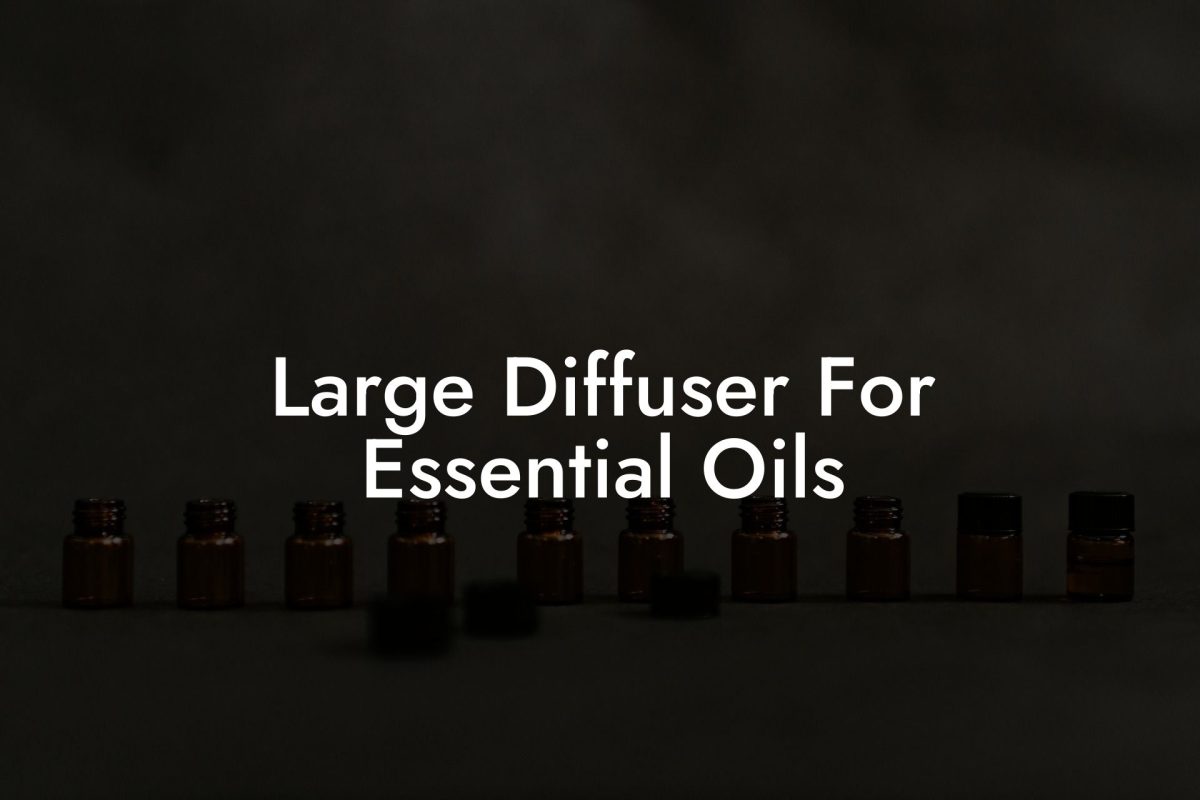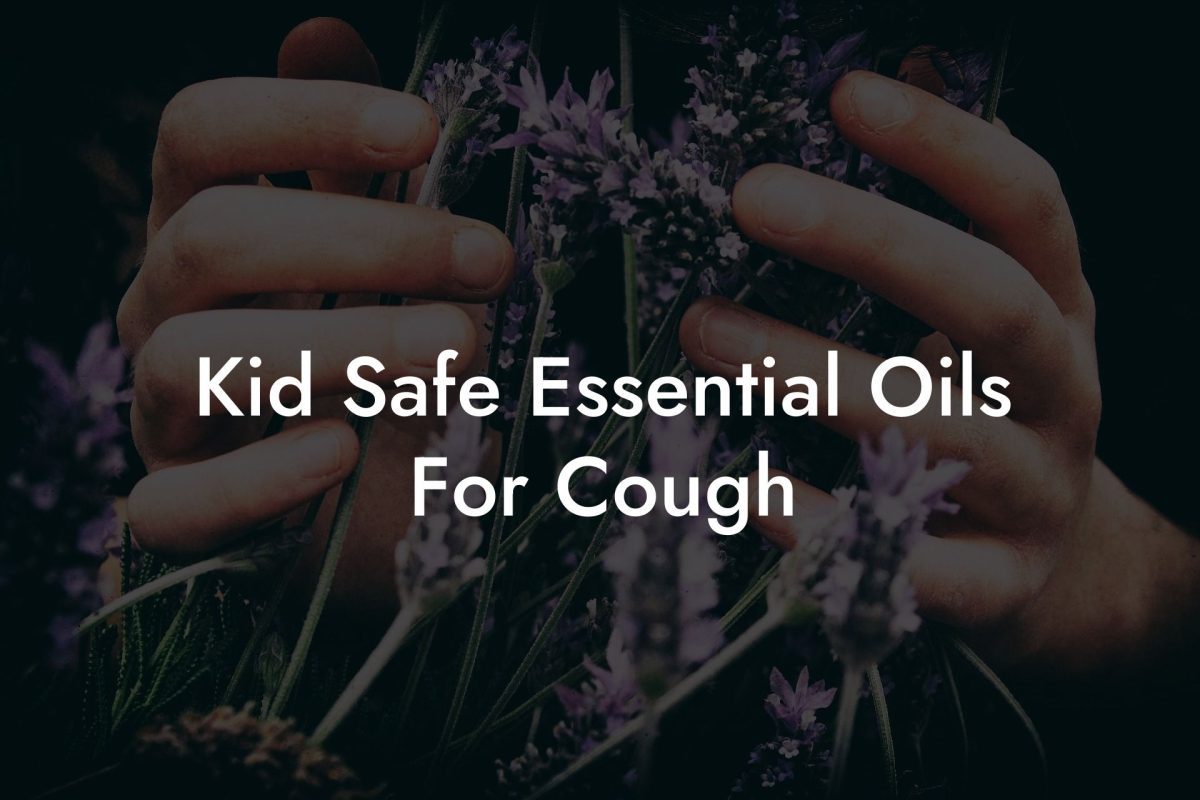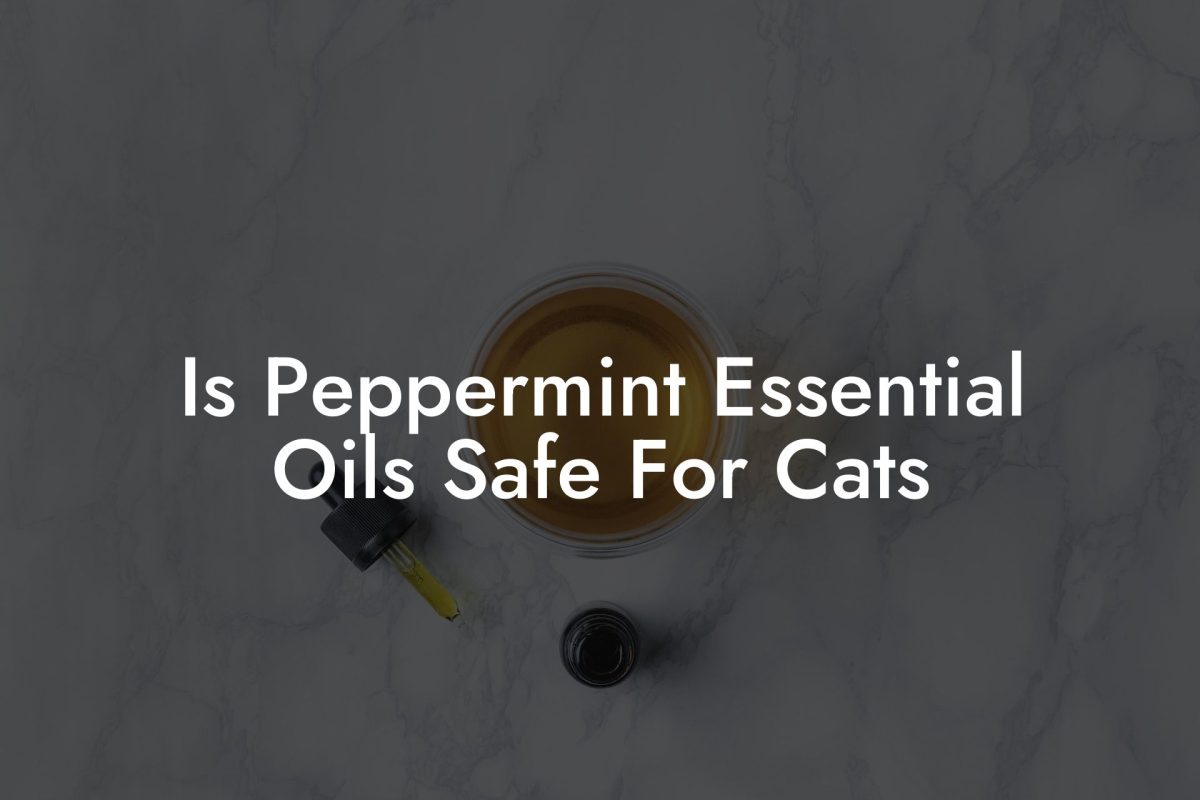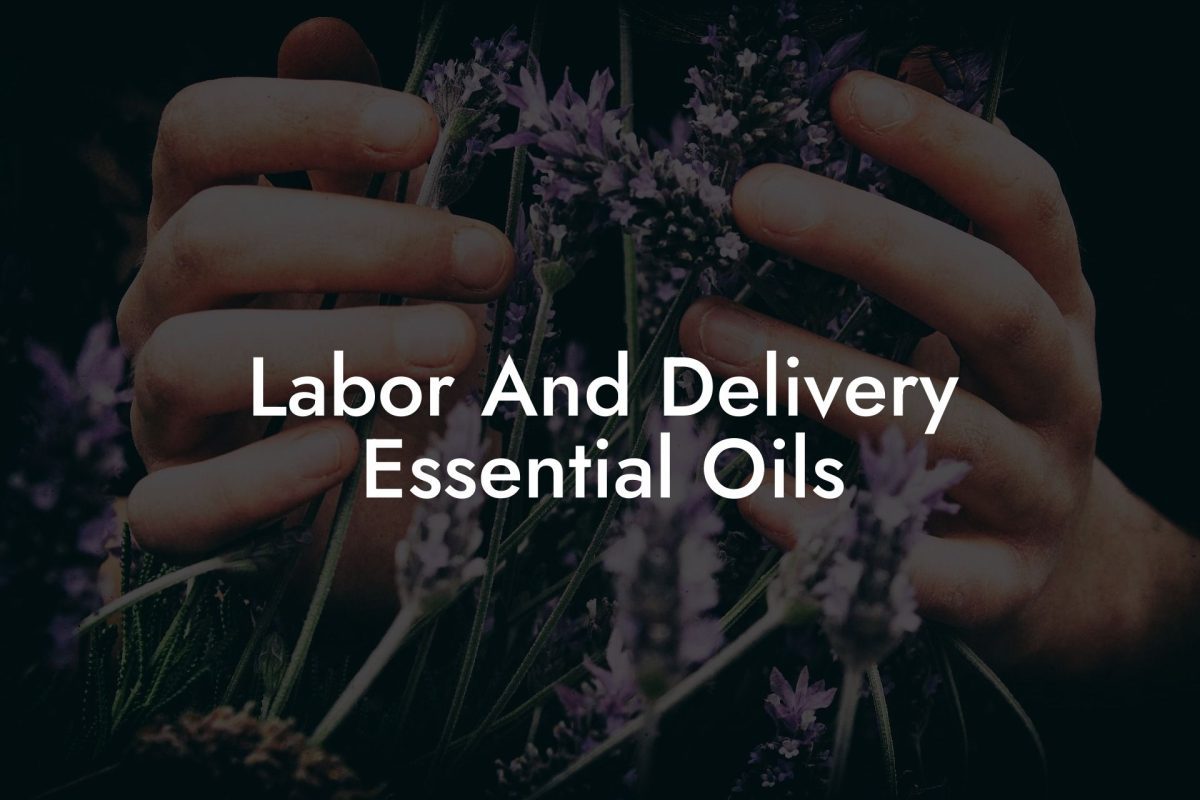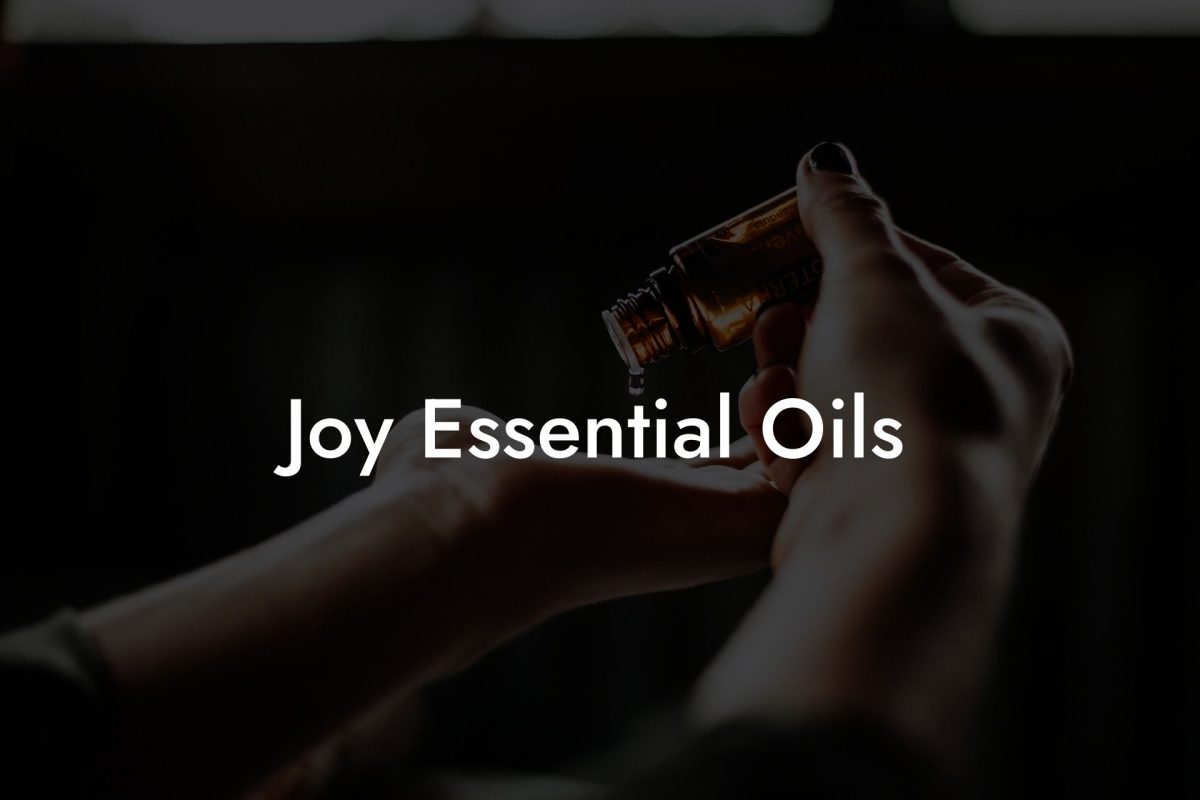Do you love essential oils but want to try making your own? You’re in for a treat! Not only is creating your own essential oils an enjoyable and satisfying process, but it also allows you to customize the scents and therapeutic benefits to suit your preferences. In this guide, we’ll walk you through the process of making your own essential oils at home, discuss different methods, and provide helpful tips to get started. Let’s dive in!
Table of Contents
Why Make Your Own Essential Oils?
There are many reasons to consider making your own essential oils, such as:
- Personalization: Creating your own essential oils enables you to tailor the scents and therapeutic benefits to your preferences or needs.
- Quality control: Making your own oils allows you to ensure the quality of the ingredients used, avoiding any potentially harmful additives or synthetic ingredients found in some commercially produced oils.
- Eco-friendly: By sourcing local, organic ingredients and using reusable containers, you can reduce your environmental impact.
- Cost-effective: Purchasing raw materials in bulk can save you money in the long run compared to purchasing pre-made oils.
Methods for Creating Essential Oils
There are several methods to create essential oils from plants, but two of the most popular and accessible methods for home production are steam distillation and cold pressing. We’ll discuss each method in detail below.
Steam Distillation
Steam distillation is the most common method for extracting essential oils from plants. It involves passing steam through the plant material, causing the essential oil to evaporate. The steam and oil vapor then condense back into a liquid, which is collected separately from the water.
To create essential oils using steam distillation, you’ll need the following equipment:
- A heat source, such as a stovetop or hot plate
- A distillation apparatus, which can be purchased or made using simple glass or stainless steel components
- Plant material (e.g., fresh or dried herbs, flowers, or peels)
- Water
- Ice or another cooling source to help condense the steam
- A separator to separate the essential oil from the distilled water
Cold Pressing
Cold pressing, or expression, is a method used primarily for extracting essential oils from citrus fruits. It involves mechanically pressing and breaking the cells of the fruit rind to release the oil. No heat is used in this process, which helps preserve the oils’ natural properties.
To create essential oils using cold pressing, you’ll need:
- A citrus fruit with a high oil content (e.g., orange, lemon, or grapefruit)
- A zester or fruit press to remove the rind
- A muslin cloth or fine mesh strainer to collect the oil
- A separator to separate the essential oil from any fruit juice
Make Your Own Essential Oils Example:
Let’s create a lavender essential oil using steam distillation as an example:
1. Gather fresh or dried lavender flowers and leaves. Ensure they are clean and free of pesticides or other contaminants.
2. Assemble your distillation apparatus, following the manufacturer’s instructions or available online tutorials if you have made your own.
3. Place the lavender plant material in the distillation chamber, filling it about halfway.
4. Add enough water to cover the plant material without completely submerging it.
5. Heat the water to produce steam, being careful not to boil it.
6. Allow the steam to pass through the plant material for at least 30 minutes, ensuring that the cooling system is functioning effectively.
7. Collect the condensed liquid in a separator, ensuring the essential oil and distilled water remain separate.
8. Collect the lavender essential oil from the separator, being careful not to contaminate it with water or other debris.
9. Store the oil in a dark, airtight glass container, labeled with the date and type of oil.
Now that you know how to make your own essential oils, you can start experimenting with different plant materials and methods to create personalized, high-quality oils for your aromatherapy collection. Don’t forget to share your newfound knowledge and creations with friends, family, and fellow essential oil enthusiasts. To learn more about essential oils and their uses, be sure to explore our other guides on Oshu Oils and check out our range of premium essential oils to inspire your own creations. Happy oil making!

